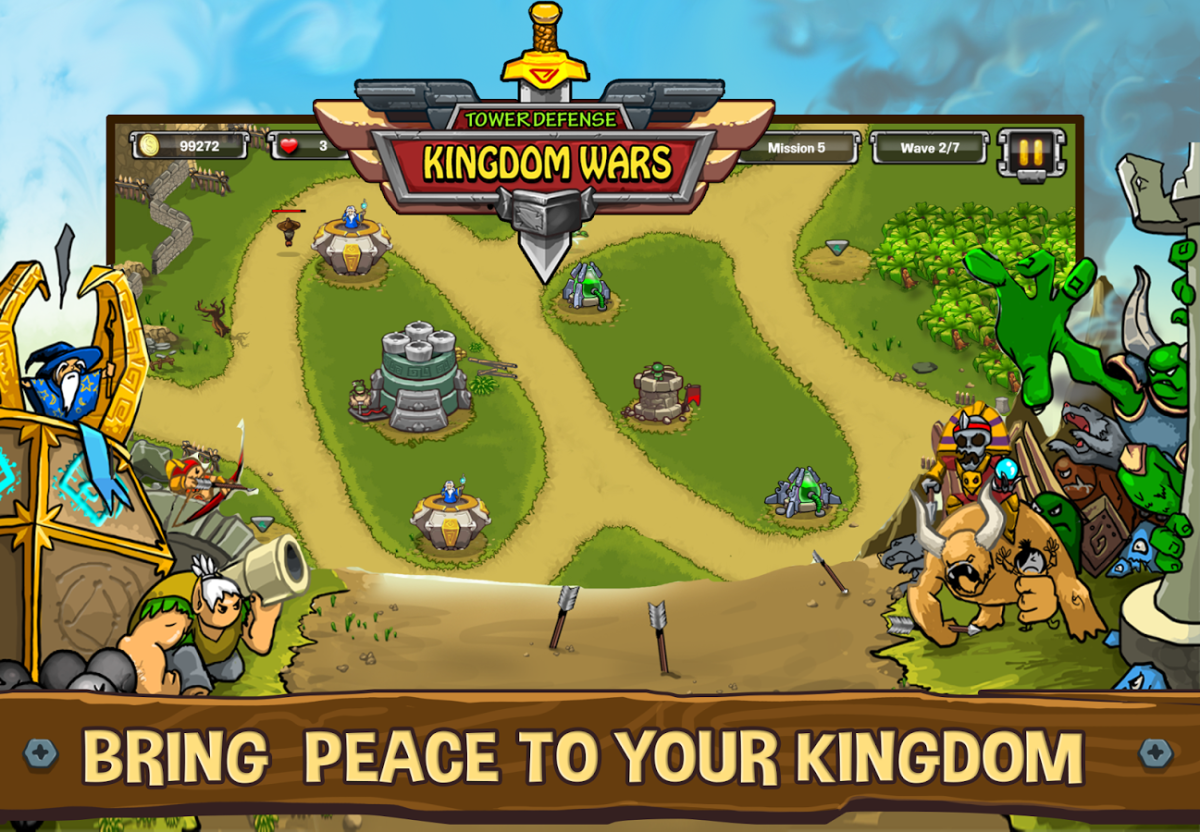Defender video game, a pioneering shoot ’em up, captivated players with its intense gameplay and challenging design. From its arcade debut, Defender pushed the boundaries of what was possible in gaming, influencing countless titles that followed. This exploration delves into its history, mechanics, and lasting legacy, offering a comprehensive look at this iconic game.
We’ll cover everything from the original arcade release and its technological constraints to the various ports and modern interpretations. We’ll examine the core gameplay, the unique challenges it presented, and how its innovative design influenced the evolution of the shooter genre. Prepare for a deep dive into the world of Defender!
Defender: A Blast from the Past
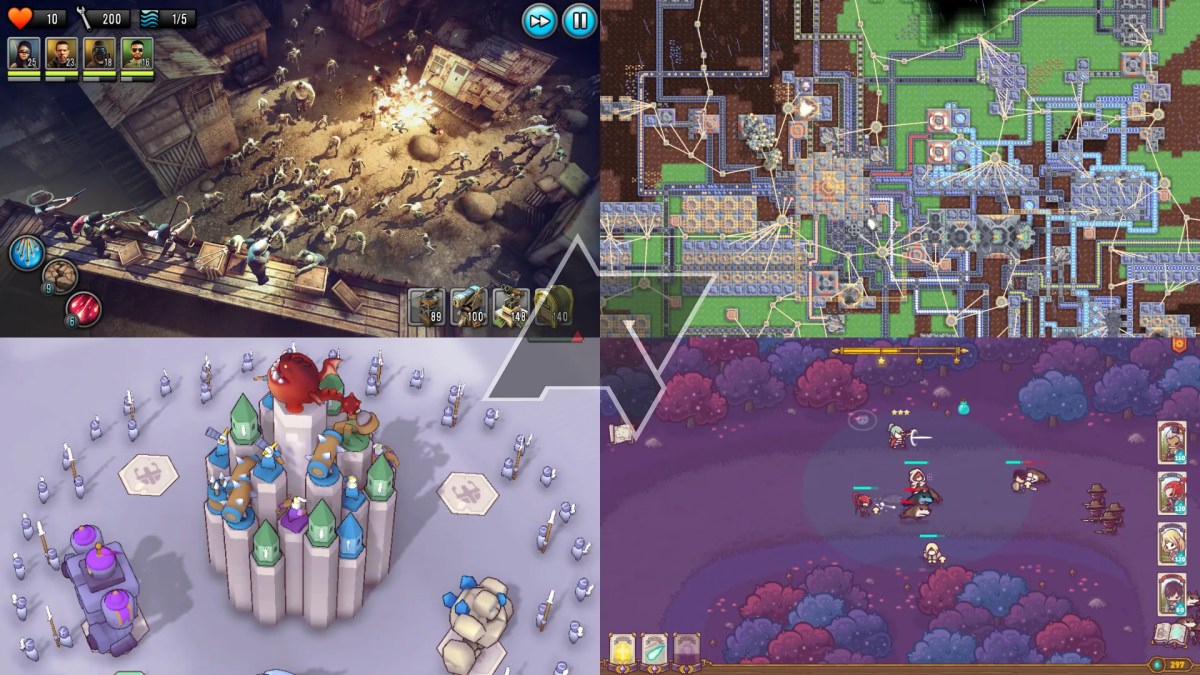
Defender, a classic arcade game from Williams Electronics, stands as a landmark title in the shoot ’em up genre. This article explores its gameplay, historical context, influence, and potential for future iterations.
Game Overview
Defender launched in 1980, quickly becoming a beloved arcade staple. Its core gameplay involves piloting a spaceship to protect humans from alien abduction while navigating treacherous landscapes. Over the years, it saw various ports to different platforms, including Atari 2600, and home computers, each adaptation offering varying levels of fidelity to the original arcade experience. Key gameplay revolves around precise maneuvering, strategic weapon usage, and quick reflexes to evade and destroy enemies.
What sets Defender apart is its unique blend of intense action, strategic resource management (fuel and lives), and a complex scoring system that rewards skillful play. The dynamic level design, with its ever-changing terrain and enemy formations, adds a significant challenge compared to other contemporary shooters which often featured simpler, linear levels.
Defender video games are a classic subgenre, often featuring intense scrolling action and demanding reflexes. If you’re looking for a solid example of the genre, check out this link to a site featuring the defender game , which showcases many of the hallmarks of the style. Then, dive back into the world of defender video games, exploring the many variations and modern interpretations of this timeless gameplay.
Historical Context
Developed during the golden age of arcade games, Defender benefited from advancements in microprocessor technology, allowing for more complex game logic and sprite animation than earlier games. Released amidst a surge in popularity of arcade games, it competed with other prominent titles of the era, yet managed to carve its own unique niche with its intense, challenging gameplay and innovative level design.
Compared to simpler shooters, Defender introduced a higher level of strategic depth, demanding more from the player than just simple reflexes. Its design emphasized a more dynamic, unpredictable experience, a significant departure from the more linear designs found in many contemporary arcade games.
Ever feel like you’re a defender in a video game, constantly having to react and strategize? It’s a similar feeling watching the intense plays at the ohl top prospects game , where future NHL stars showcase their skills. The pressure is high, just like in a crucial defender match, requiring quick thinking and precise movements to dominate the opposition.
So, next time you’re playing your favorite defender video game, remember the pressure these young hockey players face.
Gameplay Mechanics
Mastering Defender requires a keen understanding of its scoring system, enemy behaviors, and weapon utilization. High scores are achieved by rescuing humans, destroying enemies, and completing levels efficiently. Different enemy types present unique challenges, requiring adaptable strategies. For instance, the ‘mothership’ demands a different approach than the smaller, faster fighters.
Defender, the classic arcade game, challenged players with its fast-paced action and relentless waves of alien invaders. Successfully defending your city felt incredibly rewarding, and you might even describe it as feeling pretty “swank,” if you check out this definition of swank meaning to see what I mean. Mastering the game’s complex controls and strategies definitely added to the sense of accomplishment in Defender.
| Feature | Player Ship | Weaponry (Standard Laser) | Weaponry (Smart Bomb) |
|---|---|---|---|
| Speed | Moderate | N/A | N/A |
| Maneuverability | High | N/A | N/A |
| Defensive Capabilities | Low (easily damaged) | N/A | N/A |
| Fire Rate | Moderate | High damage, low rate of fire | Massive damage, limited uses |
Graphics and Sound Design
Defender’s visuals, while simple by today’s standards, were cutting-edge for 1980. The vector graphics, depicting the spaceship, aliens, and landscape, were clean and effective in conveying the game’s action. The sound design played a crucial role in immersing the player in the high-stakes action. The game featured distinctive sound effects, ranging from the ship’s laser fire to the alarming cries of abducted humans and the ominous sounds of approaching enemies.
The constant, tense background music heightened the sense of urgency and danger.
Imagine the soundscape: the repetitive, high-pitched whine of the player’s ship’s engines, punctuated by the rapid ‘pew-pew’ of laser fire against the metallic clang of alien ships exploding. Interspersed are the panicked cries of the humans being abducted, a constant reminder of the stakes. The background music, a repetitive, driving electronic tune, adds to the overall sense of frantic action and impending doom.
Legacy and Influence
Defender’s impact on the gaming world is undeniable. Its influence can be seen in numerous subsequent shoot ’em ups, which adopted its core mechanics, such as the simultaneous top-down scrolling and the need for both skillful flying and strategic resource management. Games like Robotron: 2084 and many others share a clear lineage with Defender’s fast-paced, challenging gameplay. The innovative blend of action and strategy became a template for future titles in the genre.
Many modern games continue to incorporate similar elements, often updated with modern graphics and features, while retaining the core appeal of Defender’s original design.
Community and Fan Culture
A dedicated community of Defender enthusiasts thrives online. Forums and online communities serve as hubs for sharing high scores, strategies, and memories. Fan-made artwork, including pixel art and digital paintings, celebrates the game’s iconic visuals and characters. These communities also serve as repositories of information on the game’s history, development, and various ports, enriching the overall Defender experience for both casual and hardcore fans.
Modern Interpretations
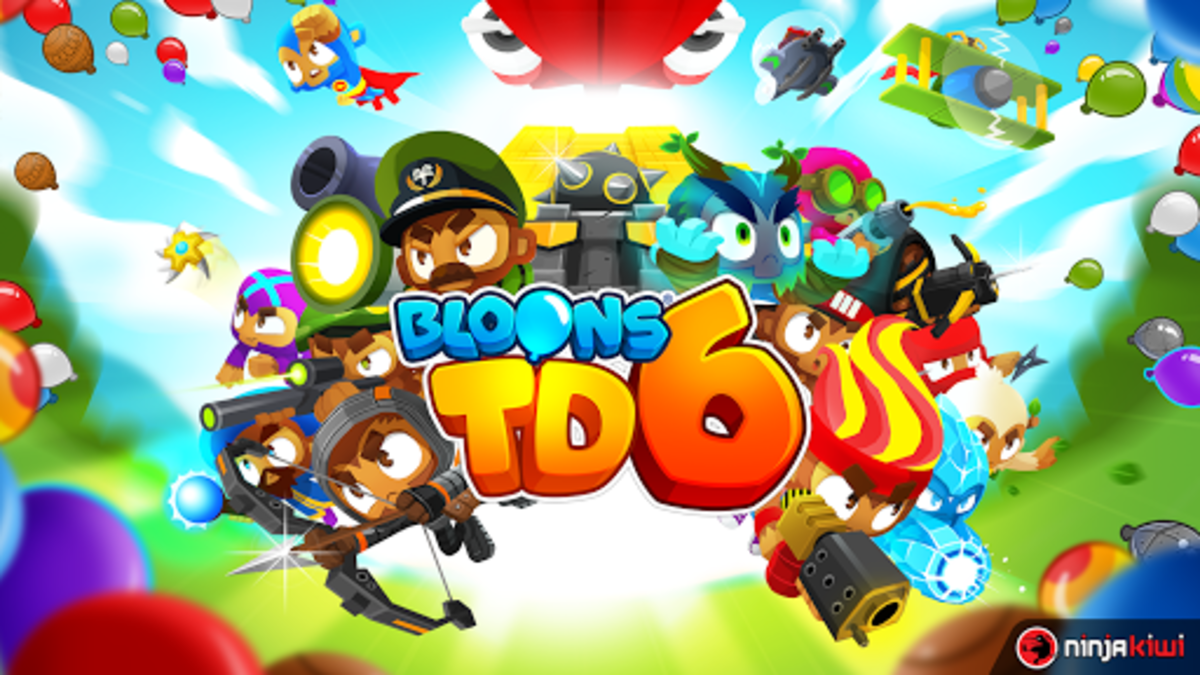
Several remakes and reimaginings of Defender have emerged over the years, each attempting to capture the essence of the original while adapting to modern gaming platforms. Adapting Defender’s gameplay to modern platforms presents challenges in balancing the original’s difficulty with modern player expectations. A hypothetical modern Defender could retain the core gameplay but incorporate updated graphics, enhanced sound design, and potentially new features, such as branching storylines, or additional ship upgrades.
The core challenge remains to balance nostalgia with innovation, keeping the spirit of the original while providing a fresh and engaging experience for a new generation of gamers.
Technical Aspects, Defender video game
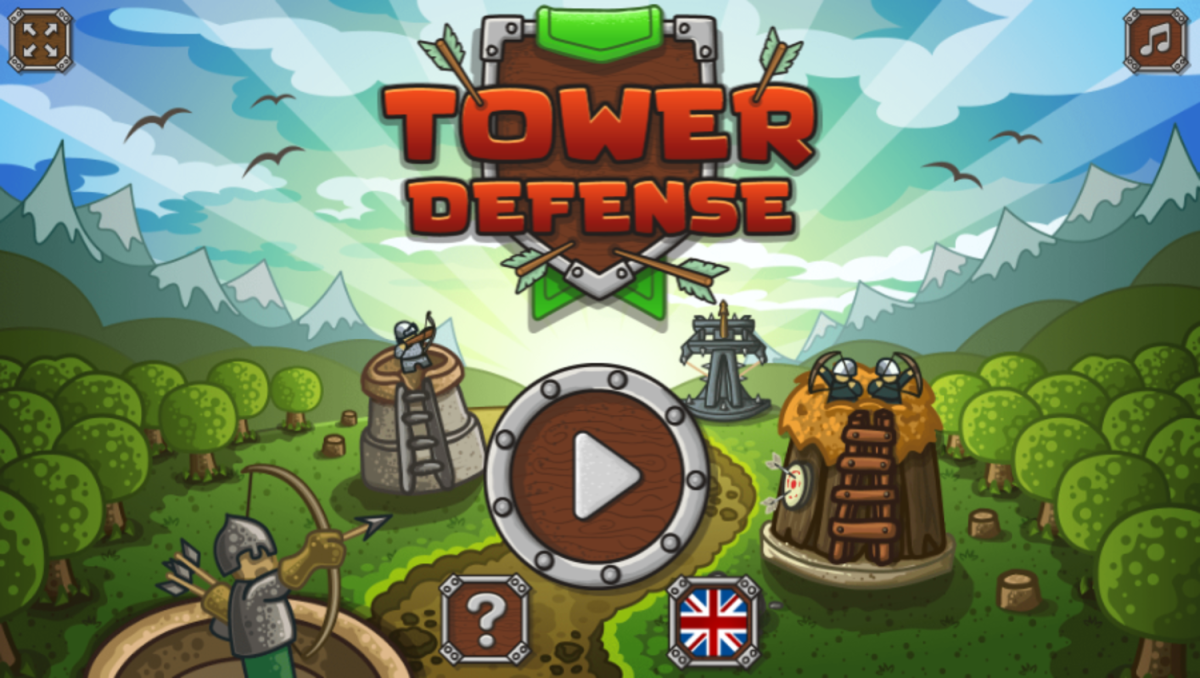
The original Defender was programmed using assembly language, a low-level language that allowed for precise control over the game’s hardware. The game’s relatively modest hardware requirements allowed it to run on the arcade cabinets of the time. Optimizing Defender’s code for modern systems would involve porting the game to modern programming languages, improving the game’s performance, and potentially adding new features while maintaining the integrity of the original gameplay experience.
Conclusion
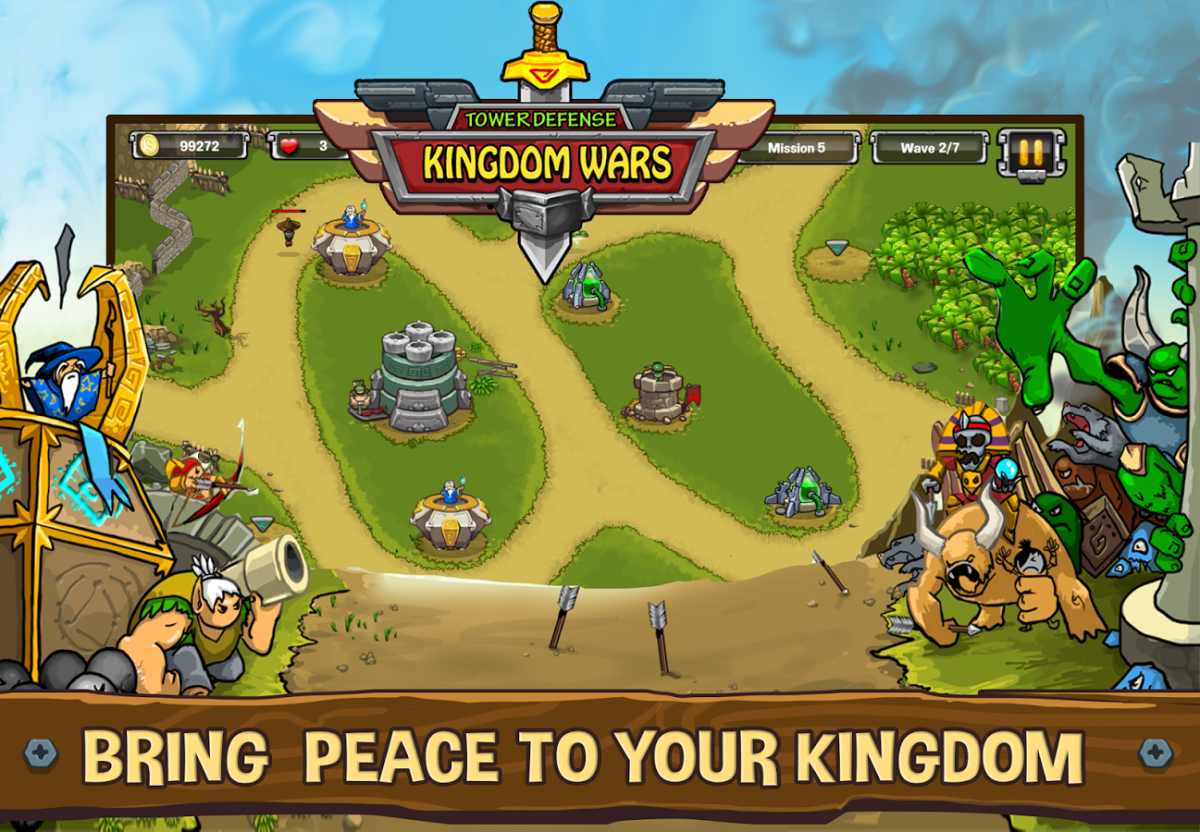
Defender video game stands as a testament to innovative design and enduring appeal. Its challenging gameplay, unique mechanics, and lasting influence on the shoot ’em up genre continue to resonate with players today. From its humble beginnings in arcades to its modern reinterpretations, Defender’s legacy is a compelling reminder of the power of simple, yet deeply engaging, game design. Whether you’re a seasoned gamer or new to the classic arcade scene, Defender offers a rewarding and unforgettable experience.
FAQ Overview: Defender Video Game
Is Defender difficult to play?
Yes, Defender is notoriously challenging, especially for newcomers. Its fast-paced action and unforgiving difficulty curve require quick reflexes and strategic thinking.
What platforms was Defender originally released on?
Defender was initially released in arcades. Later ports appeared on various home consoles and computers.
Are there any modern versions of Defender?
While not a direct remake, several games have drawn inspiration from and built upon Defender’s core gameplay mechanics.
What makes Defender unique compared to other shoot ’em ups?
Defender’s simultaneous rescue of civilians and combat against enemies, coupled with its scrolling landscape and challenging difficulty, set it apart from many contemporaries.
